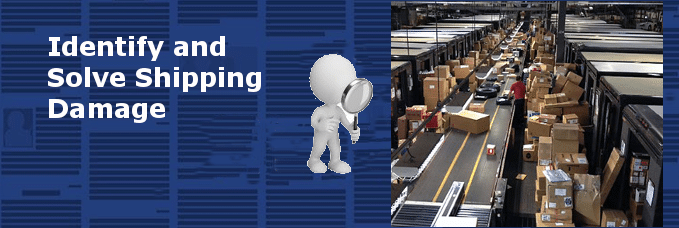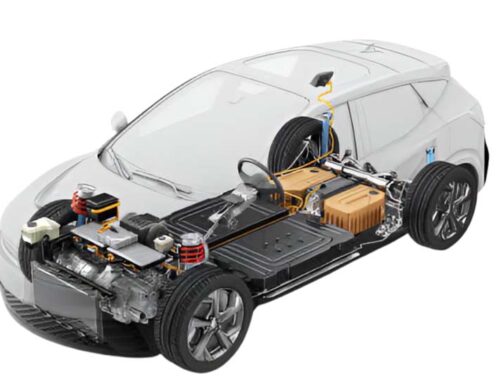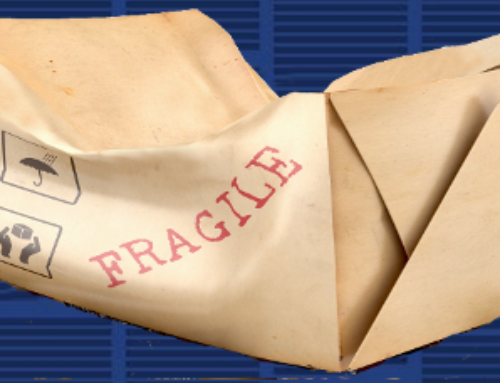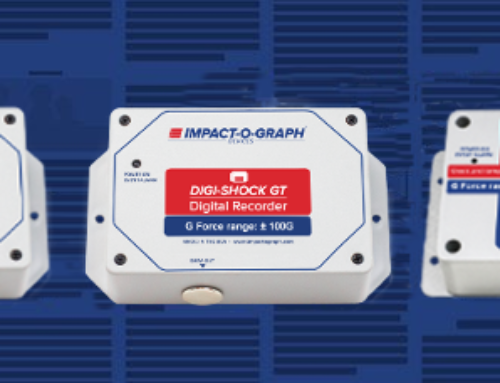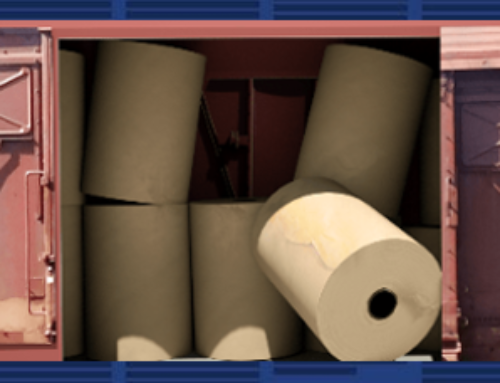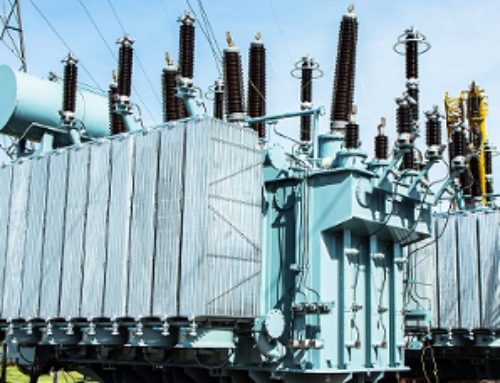Impact-O-Graph Solves Damage to Products Shipped to Our Customers
Like thousands of businesses globally, Impact-O-Graph ships our manufactured goods to customers around the world using various carriers. Over the past few months, we started to see an increase in the number of requests for replacement impact indicators that were tripped. Our products are never defective (OK rarely) but what we found were multiple indicators being tripped in transit to various customers.
Valued Customers
This was a disturbing issue for Impactograph since we sell very accurate equipment. Having impact indicators damaged during shipment to our customers was unacceptable. This was a big inconvenience for our customers and Impactograph. In addition, replacement products need to be expedited which is time consuming and costly for both parties. Furthermore, customer perception was a big concern to us since our customers view the tripped devices as defective and could potentially cause damage to our reputation. Just between us, the devices that tripped (while unarmed) were actually doing their job by detecting unusual high impacts.
So isn’t it ironic that a manufacturer of impact monitoring devices experienced damage to the impact monitoring devices being shipped to our customers. We were determined to get to the bottom of this issue to support our valued customers.
Shipping Facts
To determine what was going on we looked at the shipping facts as follows: It was found that all device shipments were processed by the same major carrier – the ones that drive shiny brown trucks, lower G levels were being tripped, all tripped products were checked for defects – none found and the packing material was good.
In addition, seeing the problem with a specific carrier led to discovery of return issues with other major carriers that we use (white trucks & yellow trucks). The recent pandemic has caused high demand in shipping parcels and freight. This has pushed all the shipping carriers to maximum capacity. Impactograph believes this puts a high strain on internal resources reducing the care taken in processing shipments and overall rougher handling.
Investigation
This will sound unusual, but we have an employee in the engineering department with the nickname of Sherlock – he is a good problem solver. We set Sherlock to task to determine why these items were being tripped. After some trial and error, it was found the shipping box had to be dropped from an approximate height of 7’-8’. The device needs that much distance for acceleration to achieve the low level g force to activate the indicator.
Sherlock also used our Trans-monitor TD (timer display) placed inside the shipping container. So when the shipped container experienced excessive impact and the device was tripped, we could narrow down where the box was located using the time /date stamp on the Trans-monitor TD. The idea worked, and we found shipments were being tripped at a specific distribution facility. This resulted in a call from our GM to the distribution director for a discussion and resolution.
Problem Solved
Through an alert employee noticing an increase in replacement products being shipped and thoughtful investigation, our product damage issue was identified. By using our own products, we isolated the issue and worked out a solution to solve damage to our products. We also increased our use of our Shock Indicator Labels with the Companion Alert Labels for all shipments further reducing damage to our products during shipment. Monitoring products for potential damage works.
Contact us today and talk to our product experts for more information.
